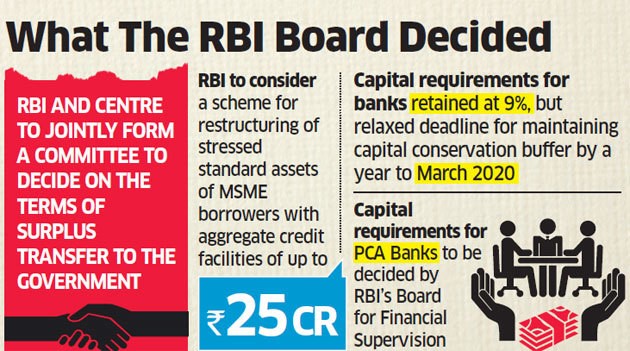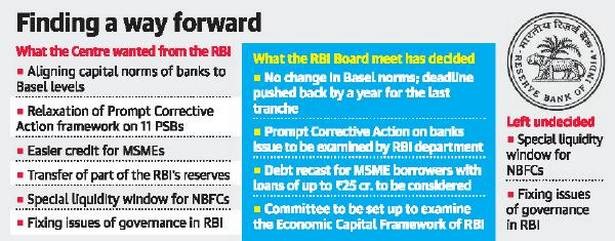7667766266
enquiry@shankarias.in
What is the issue?
What are the highlights?

What is the significance?

Source: Economic Times, The Hindu
Quick Fact
Prompt Corrective Action (PCA)